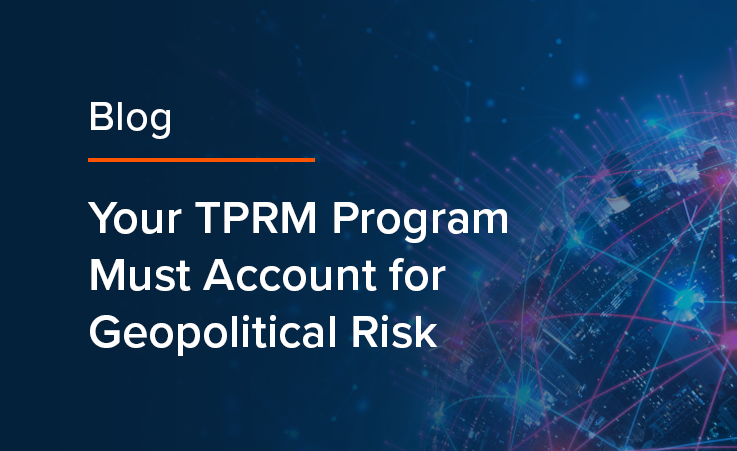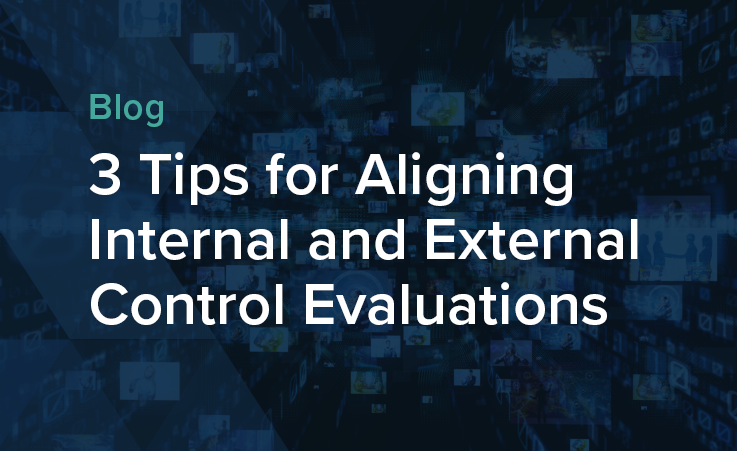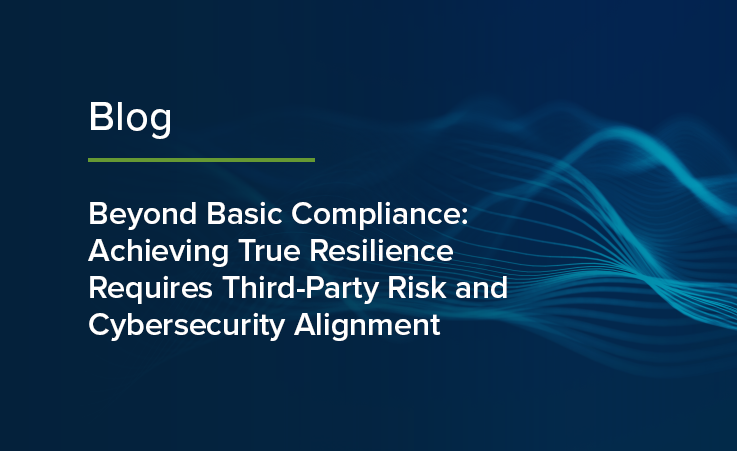Choosing the right third-party risk management tool for your organization requires identifying the functionality that will make your program faster and more effective. As a third-party risk manager, you need to send assessments and collect responses as quickly and consistently as possible, identify the most critical risks to your organization and report your findings to both executive leadership and regulators. A strong TPRM platform will make these functions easier with the following features:
- Risk assessment automation
The third-party risk assessment process can be prohibitively time-consuming when completed manually: scoping your assessments to suit a vendor’s criticality and service type, distributing questionnaires to the correct personnel and following up to collect responses are lengthy and often tedious processes.
When your third-party risk management software automates these functions, you can spend less time scoping assessments and chasing down responses, allowing you to focus on the risks that are truly critical to your organization. Additionally, by sorting your vendors based on inherent risk scores and vendor criticality tiers, automatic assessment scoping ensures that you don’t saddle your third parties with irrelevant questions, reducing vendor fatigue and cycle times.
- Configurable reporting
Organizations manage third-party risk to protect themselves and their customers from risk events, but they also do so to achieve compliance with regulations and industry standards. For this reason, your program is only as strong as your reporting capabilities: if you have strong policies, but you can’t prove that you have them in place, then regulators and executive leaders are unlikely to take you at your word.
With configurable reporting, however, you can produce role-specific reports and dashboards. That way, you can get the appropriate information into the correct hands within seconds of a request, demonstrating the existence of a consistent, reliable and repeatable third-party risk management program to regulators and stakeholders.
- Integration with cybersecurity ratings, financial health scores and external expert content
With automated software, you can assess a higher volume of vendors more efficiently, but there will always be third parties and risk areas that your assessments don’t reach or don’t cover in a satisfactory manner.
For those cases, it’s crucial that your TPRM software integrates with external data providers, so you can access cybersecurity ratings, financial health scores, ESG evaluations and more at the tap of a button. Providers like RapidRatings, Dun & Bradstreet, EcoVadis, Refinitiv and BitSight provide data that supplements your vendor assessments so you can dig deeper into a particular risk area and make more confident decisions.
By automating assessments, enabling custom reporting and connecting to external data providers, a third-party risk management tool can help your team achieve more and do so faster. One solution that provides all this functionality and more is ProcessUnity for Third-Party Risk Management, an integrated platform that grants users visibility into new and existing risks, streamlines due diligence processes and ensures compliance with regulatory requirements.
Related Articles

Your TPRM Program Must Account for...
Global conditions, from civil unrest and political turmoil to questionable government practices, can affect operations..
Learn More
3 Tips for Aligning Internal and...
While cybersecurity traditionally owns control assessments, they need help from procurement to get a true..
Learn More
Don’t Treat Third-Party Risk Management as...
Beyond Basic Compliance: Achieving True Resilience Requires Third-Party Risk and Cybersecurity Alignment Between SOC audits,..
Learn MoreAbout Us
ProcessUnity is the Third-Party Risk Management (TPRM) company. Our software platforms and data services protect customers from cybersecurity threats, breaches, and outages that originate from their ever-growing ecosystem of business partners. By combining the world’s largest third-party risk data exchange, the leading TPRM workflow platform, and powerful artificial intelligence, ProcessUnity extends third-party risk, procurement, and cybersecurity teams so they can cover their entire vendor portfolio. With ProcessUnity, organizations of all sizes reduce assessment work while improving quality, securing intellectual property and customer data so business operations continue to operate uninterrupted.